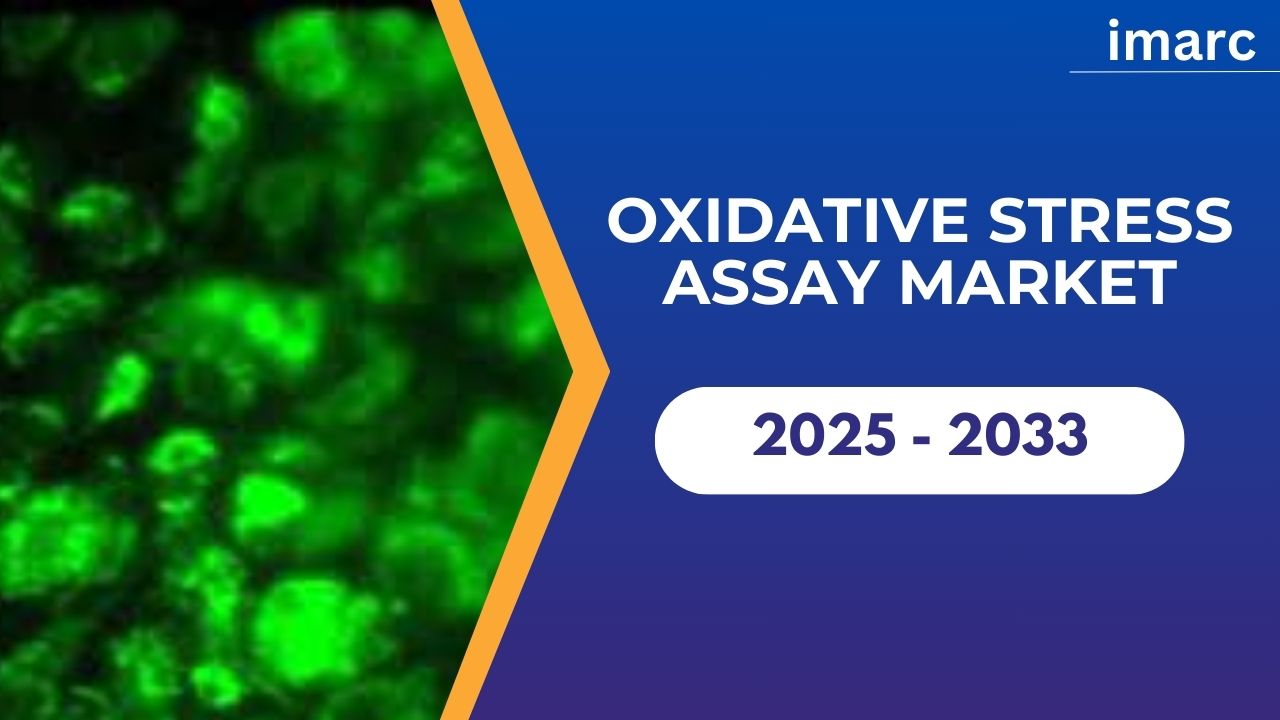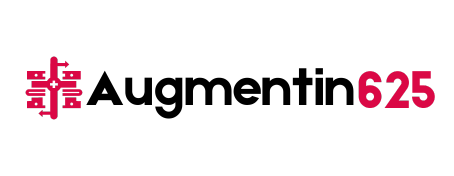
The global oxidative stress assay market is experiencing robust growth, propelled by the increasing prevalence of chronic diseases, advancements in diagnostic technologies, and a heightened focus on preventive healthcare. In 2024, the market reached a valuation of USD 937.8 million and is projected to double to USD 1,935.0 million by 2033, reflecting a compound annual growth rate (CAGR) of 7.96% during the forecast period. Key factors contributing to this expansion include the rising incidence of conditions like diabetes and cardiovascular diseases, technological innovations in assay methodologies, and growing investments in biotechnology and pharmaceutical research.
Study Assumption Years
- Base Year: 2024
- Historical Years: 2019–2024
- Forecast Years: 2025–2033
Oxidative Stress Assay Market Key Takeaways
- Market Size and Growth: The market is expected to grow from USD 937.8 million in 2024 to USD 1,935.0 million by 2033, at a CAGR of 7.96%.
- Product Dominance: Reagents and consumables constitute the largest product segment, driven by their essential role in assay procedures and increasing demand in research applications.
- Technological Preference: ELISA (Enzyme-Linked Immunosorbent Assay) remains the most widely used technology due to its sensitivity and specificity in detecting oxidative stress markers.
- Test Type Leadership: Indirect assays lead the market, offering versatility in evaluating oxidative stress through various biomolecular targets.
- End-User Insights: The pharmaceutical industry is the primary end-user, utilizing oxidative stress assays extensively in drug development and therapeutic monitoring.
- Regional Strength: North America holds the largest market share, attributed to advanced healthcare infrastructure and significant R&D investments.
- Emerging Trends: The market is witnessing increased adoption of high-throughput screening and automation, enhancing assay efficiency and throughput.
What Are the Major Factors Fueling the Growth of the Oxidative Stress Assay Market?
Rising Prevalence of Chronic Diseases
The worldwide increase in chronic illnesses like diabetes, hypertension, and cardiovascular disease is a key driver for the oxidative stress assay market. These illnesses are usually linked to oxidative stress, thus requiring proper and effective diagnostic systems. Oxidative stress assays permit early disease detection and monitoring of disease progression, allowing timely intervention and targeted treatment approaches. The recognition of the etiological involvement of oxidative stress in chronic diseases has increased the demand for these assays in clinical and research applications.
Technological Advancements in Assay Methods
Technological advances in assay technologies, such as high-throughput screening, automation, and sophisticated detection platforms, have greatly improved the performance of oxidative stress assays. These technologies enable quick, precise, and affordable analysis of oxidative stress markers to become more readily available for broad application. Automation integration minimizes human mistake and maximizes reproducibility, essential for large-scale applications and clinical diagnostics. In addition, the creation of portable and easy-to-use assay kits has broadened their utility for point-of-care applications and home-based health monitoring.
Expansion of Pharmaceutical and Biotechnological Research
The pharmaceutical and biopharmaceutical industries are more and more integrating oxidative stress assays into their R&D pipelines. Such assays are crucial for assessing the oxidative impact of novel drug compounds and grasping disease mechanisms at the molecular level. The growth of R&D activity, especially in developing targeted therapies and personalized medicines, has boosted the need for effective oxidative stress measuring tools. Furthermore, partnerships between pharmaceutical organizations and assay developers are driving innovation and opening up market opportunities for oxidative stress assays.
Market Segmentation
By Product
- Reagents and Consumables: Essential components for assay procedures, including detection of reactive oxygen species and other oxidative markers.
- Instruments: Equipment used to perform assays, such as spectrophotometers and microplate readers.
- Services: Analytical and support services related to oxidative stress testing.
By Technology
- ELISA (Enzyme-Linked Immunosorbent Assay): A widely used technique for detecting and quantifying oxidative stress biomarkers.
- Flow Cytometry: Allows for multiparametric analysis of oxidative stress at the cellular level.
- Chromatography: Used for separating and analyzing compounds related to oxidative stress.
- Microscopy: Enables visualization of oxidative damage in cells and tissues.
- High-Content Screening: Combines automated microscopy and image analysis for high-throughput assessment.
- Label-Free Detection: Techniques that do not require fluorescent or radioactive labels for detection.
- Others: Includes emerging and specialized technologies for oxidative stress analysis.
By Test Type
- Indirect Assays:
- Protein-Based Assays: Measure oxidative modifications in proteins.
- Lipid-Based Assays: Assess lipid peroxidation products.
- Nucleic Acid-Based Assays: Detect oxidative damage to DNA and RNA.
- Antioxidant Capacity Assays:
- Glutathione Assays: Evaluate levels of glutathione, a key antioxidant.
- Ascorbic Acid Assays: Measure vitamin C concentrations.
- Cell-Based Exogenous Antioxidant Assays: Assess the effect of external antioxidants on cells.
- Enzyme-Based Assays: Analyze the activity of antioxidant enzymes like superoxide dismutase.
- Reactive Oxygen Species-Based Assays: Directly measure reactive oxygen species levels.
By End User
- Pharmaceutical Industry: Utilizes assays for drug development and toxicity testing.
- Research Institutes: Employ assays in basic and applied research on oxidative stress.
- Others: Includes clinical laboratories and diagnostic centers.
By Region
- North America (United States, Canada)
- Asia Pacific (China, Japan, India, South Korea, Australia, Indonesia, Others)
- Europe (Germany, France, United Kingdom, Italy, Spain, Russia, Others)
- Latin America (Brazil, Mexico, Others)
- Middle East and Africa
Which Region Leads the Oxidative Stress Assay Market, and Why?
North America leads the market for oxidative stress assays owing to its superior healthcare infrastructure, heavy research and development expenditure, and major pharmaceutical and biotechnology firms. Early detection of diseases and personalized medicine are major areas of focus in this region, creating demand for oxidative stress assays.
What Are the Latest Innovations and Developments in the Oxidative Stress Assay Market?
Recent developments in the market of oxidative stress assays involve strategic alliances and launch of innovative assay kits. In February 2024, Fujirebio and Abbott had announced a joint development of a neurology biomarker assay for research use on Abbott's Alinity I instruments, to be launched by 2025. In April 2024, Bio-Techne Corporation and Novomol-Dx released the Bio-Marker Pathfinder (BMP), an ocular biomarker kit. Also, in September 2024, Partillion Bioscience launched an early-access program for its novel NGS-based secreted protein assays with a view to extending its customer base.
Who Are the Key Players in the Oxidative Stress Assay Market?
Abcam PLC, AMS Biotechnology (Europe) Ltd., Biovision Inc. (Boai NKY Medical Holdings Ltd.), Cell Biolabs Inc., Enzo Biochem Inc., ImmunoChemistry Technologies LLC, Merck KGaA, Oxford Biomedical Research, Promega Corporation, Qiagen N.V., Thermo Fisher Scientific Inc., etc.
If you require any specific information that is not currently covered within the scope of the report, we will provide the same as a part of the customization.
About Us:
IMARC Group is a global management consulting firm that helps the world’s most changemakers to create a lasting impact. The company provides a comprehensive suite of market entry and expansion services. IMARC offerings include thorough market assessment, considerations studies, company incorporation assistance, factory setup support, regulatory approvals and licensing navigation, branding, marketing and sales strategies, competitive landscape and benchmarking analyzes, pricing and cost research, and procurement research.
